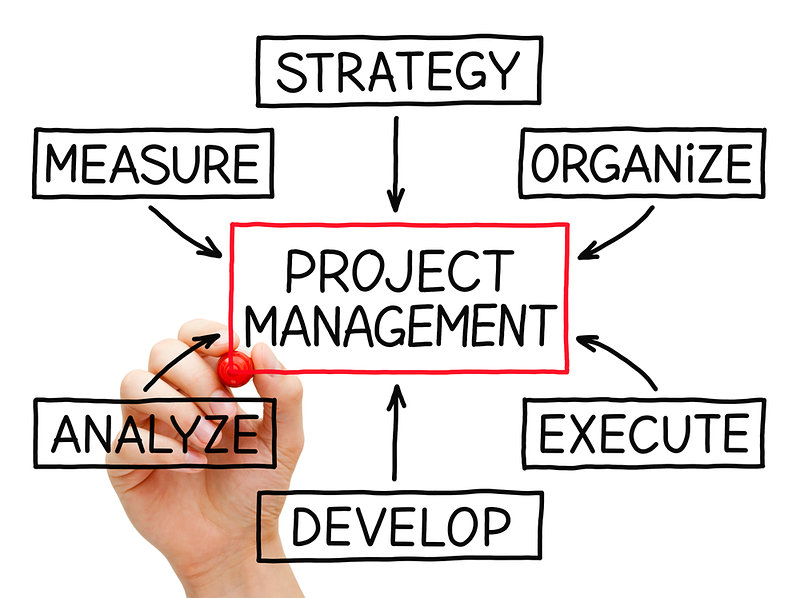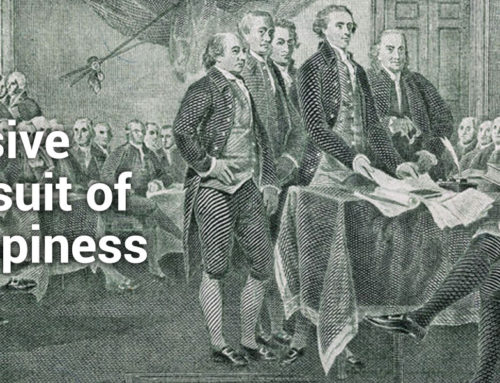In STILE Point #2, the Three Phase Leadership Framework™ was introduced providing a more comprehensive view of sustainable leadership throughout the lifecycle of an initiative. Phase 1 of any initiative involves developing a compelling strategy, which was discussed in STILE Point #3. In Phase 2 of a leadership initiative, the execution phase, the first step is to translate the strategy into actionable outputs or objectives for you and your team that will lead to the desired strategic outcomes. For an organizational initiative, the objectives need to be cascaded down through each level of the organization. Each of the actionable objectives needs to harness and direct the available resources toward achieving the strategic outcomes. This is easier said than done. In my experience in auditing hundreds of performance plans each year for the past 6 years, I have rarely seen 100% alignment between the actionable objectives of team members with strategic outcomes. In many cases team member activities however well intentioned do not lead to the intended results of advancing the strategy.
Unfortunately, too often strategies are not translated at all into actionable objectives and strategic plans become no more than annual exercises that get left on the shelf. Peter Drucker, the leading expert in management consulting points out that knowledge, wisdom, and expertise are useless without action. The most important part of this stage of execution is to develop confidence early with team members by developing actionable objectives with set milestones. Successes achieved early in the process can set the right tone for the entire initiative. Ideas are no more than unrealized dreams; strategies make ideas possible; scheduling objectives make ideas real.
The second step is to manage the execution process by following up with regular reviews with your team and at every level of the organization. It is important to recognize that the actionable objectives are just good intentions on a piece of paper and not a commitment. Too many technical staff views the role of managers as just administrators and nothing could be further from the truth. While good administration is important, managing is an active verb and performance management is a discipline that requires not only setting actionable objectives, but also consistently following up to make sure that the objectives are being met.
There are two mistakes that I see all the time with the implementation of the discipline of performance management. The first one is to micromanage team members. The difference between active management and micromanagement is that an active manager defines expected outcomes as well as the organizational boundaries, whereas a micromanager defines and controls the activities that lead to outcomes. There should never be a need to tell any team member how to do their jobs (i.e. micromanage). If so, you have chosen the wrong person for your team. The second mistake is abandonment. Too often leaders develop objectives for their team members and then never follow up. When they eventually check on performance, usually at the end of the year, they are disappointed that many of the objectives were not met.
Active, persistent oversight of progress on objectives is important. It is best to conduct regular periodic meetings individually and in team meetings to determine progress or shortfalls in the performance of objectives and the actions proposed to correct them. Talented managers never confuse motion or activity with progress. There should never be a need to tell any team member how to do their jobs (i.e. micromanage). If so, you have chosen the wrong person for your team.
As the team leader, you have the responsibility to support the actions proposed and play an active role in overcoming the adversity faced by your team members through continuous problem solving and influence. This is managing from the middle.This includes improving processes and eliminating bottlenecks. In the words of Peter Drucker, such management takes hard work, sweat and practice. Plans are only good intentions unless they immediately followed by hard work.
There are a few critical actions that you personally can take to develop early confidence of your team members. Achieve short-term wins on some of your own objectives. This will show that you are heading down the right path and that the strategy is initially working. Whenever a milestone or objective is missed (and invariably some will) rather than ignoring it or trying to explain it away, own up to it. It is best to meet with team members and conduct a “lessons learned” session, and develop a revised plan to get back on track. Although there will be some concern about the strategy, your team members will grow more confident in you as a leader who has the courage to acknowledge and learn from his or her mistakes.
It is important to not tolerate underperformance. In my opinion, this is the single most important reason why the execution of strategies fails. If a team member consistently fails to perform despite lessons learned and active support from you, you must remove him from the team no matter how hard it may be. Too many team members are left in their positions contributing little and potentially derailing the team’s strategy and de-motivating other team members.
In addition to monitoring what team members are accomplishing it is important to check on how they achieving their objectives. Evaluating team member’s behaviors and whether they engender trust is critical to team performance. The concept of organizational trust will be discussed in a future STILE Point.
[hr]
Dr. Tony Graffeo is the president of Graffeo & Associates, a global consulting company founded in 2007 that provides technology executives and R&D managers consulting and training on Strategic Planning, Performance Management, and Leadership Development.
Dr. Graffeo has over 35 years experience in R&D management, serving as Vice President of R&D for two internationally recognized Science, Technology, and Innovation organizations; Battelle Memorial Institute and Arthur D. Little. He was also one of the founders and Executive Vice President of Biodevelopment Laboratories, a contract R&D Company serving the pharmaceutical and biotechnology industries.



